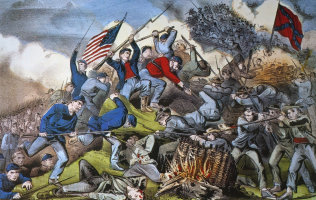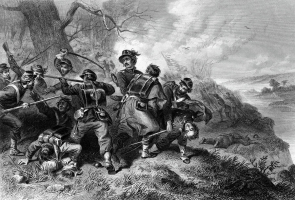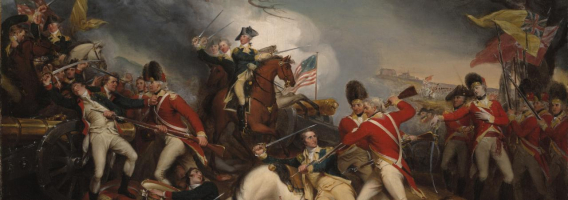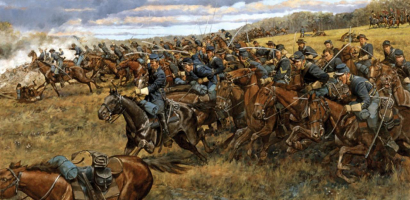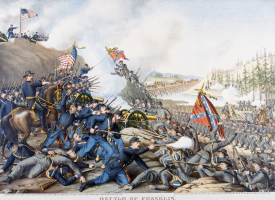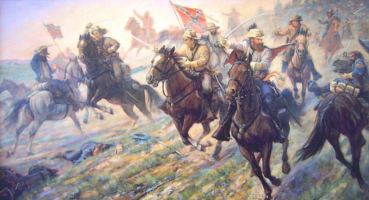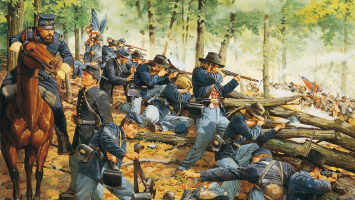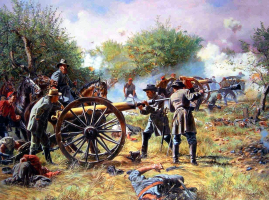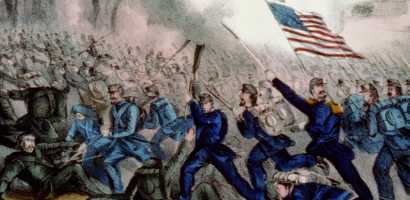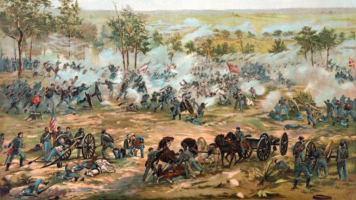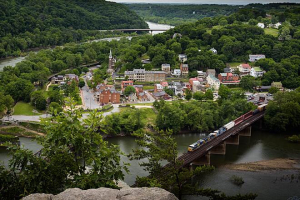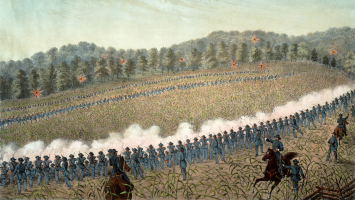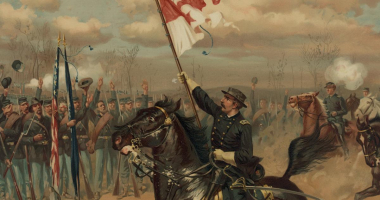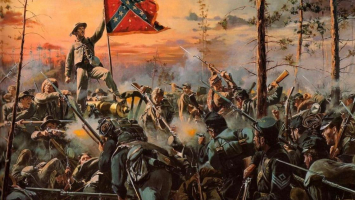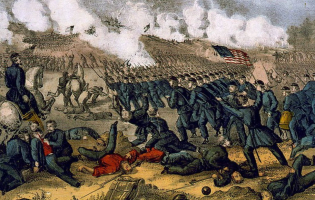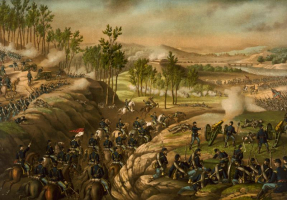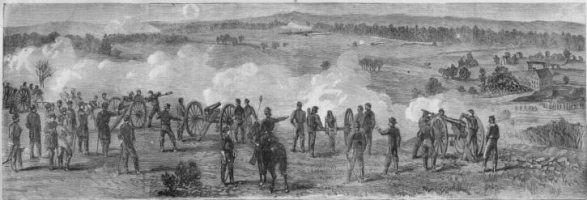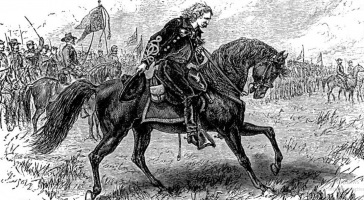Top 9 Facts About The Battles of Lexington and Concord
The American Revolutionary War's opening battles were the Battles of Lexington and Concord. The conflicts took place on April 19, 1775, in the towns of ... read more...Lexington, Concord, Lincoln, Menotomy (present-day Arlington), and Cambridge, all located in Middlesex County, Province of Massachusetts Bay. They signaled the start of hostilities between the Kingdom of Great Britain and its thirteen American colonies. In this article, we will talk about the top facts about the battles of Lexington and Concord.
-
Lexington was not the first place colonial militia and British Regulars faced off. The clashes between the local militia and British Regular soldiers on April 19, 1775, were the culmination of numerous earlier incidents. Militia from Portsmouth, New Hampshire stormed Fort William and Mary on December 14 and 15 of 1774.
Despite having fewer than ten soldiers on duty, the British fort refused to fall to the militia force of about 300 men. Fighting broke out, leaving one British soldier hurt. The garrison eventually gave up, and over the course of two days, gunpowder, weapons, and 16 cannons were taken. Despite gunfire between colonial militia and British Regulars, a conflict was avoided. Until today, most people had forgotten about the incidents.
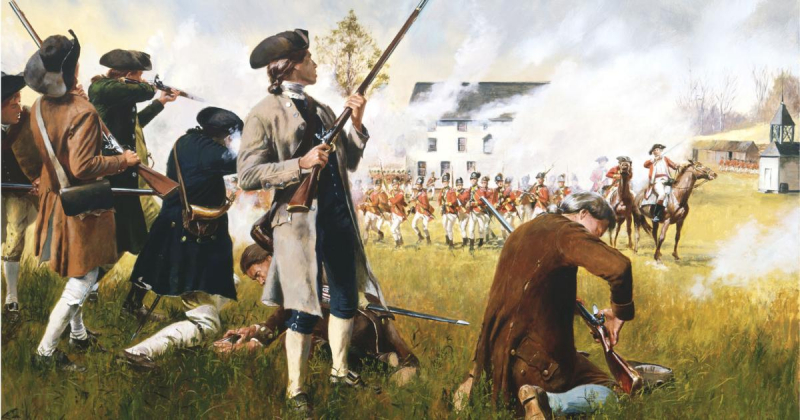
American Battlefield Trust 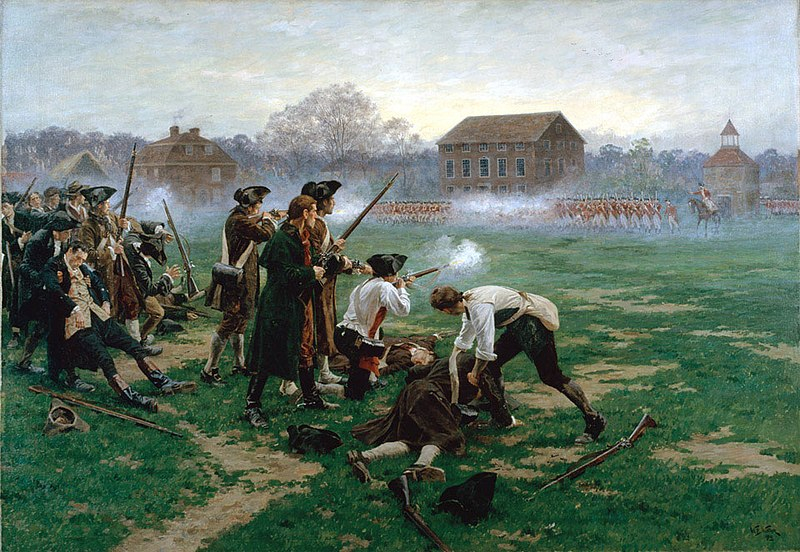
Wikipedia -
The part played by Paul Revere in the events of April 18–19, 1775 is well known in contemporary American literature. Revere rode from Boston to Lexington with William Dawes to warn of the British Regulars' march west.
Many people were under the impression that the soldiers were out to capture John Hancock and Samuel Adams. They distributed their word to other riders in the towns they passed through as Revere and Dawes proceeded in the direction of Lexington. By the end of the day, hundreds more cyclists had spread the news as far as Connecticut and New Hampshire. The network of information exchange was amazing and demonstrated how well-organized colonial authorities were. Despite the fact that Revere is by far the most well-known rider from that night, he was by no means the only one out there disseminating information.
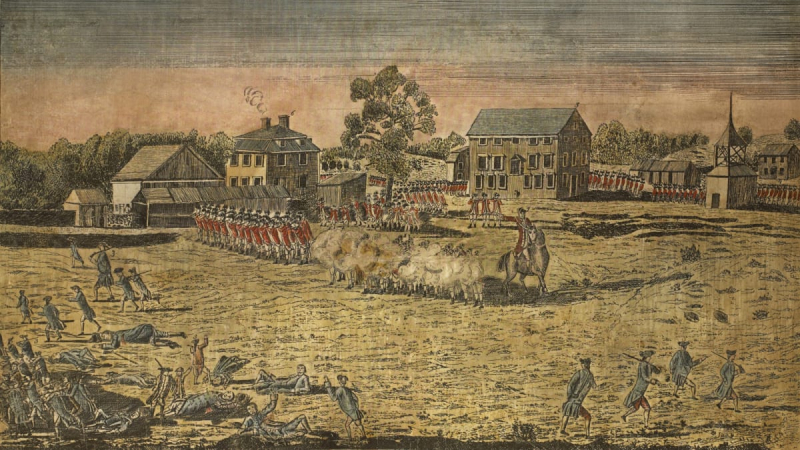
History.com 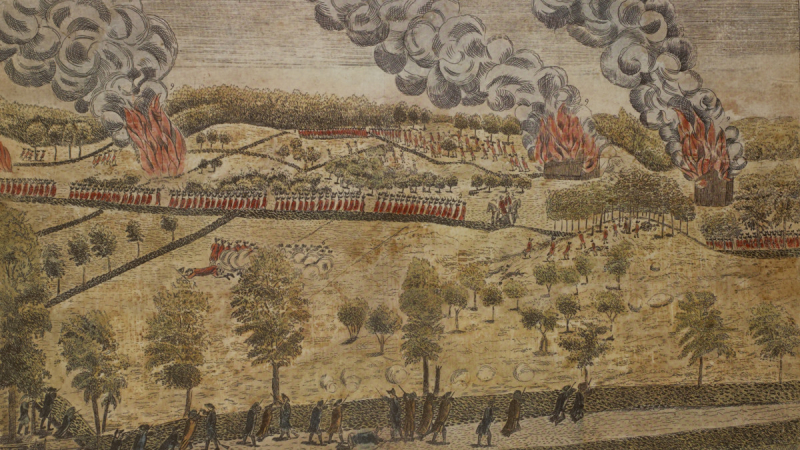
History.com -
When British General Thomas Gage sent the Regulars into Lexington, the Sons of Liberty in Boston thought their goal was to capture John Hancock and Samuel Adams.
Adams and Hancock were regarded as the colonial resistance leaders in Massachusetts. The ardent orator Adams and the businessman Hancock collaborated on a project. Many people thought the King wanted to capture both men and gave Gage the order to do so. On April 19, 1775, both men were residing at the Hancock-Clarke House in Lexington.
Gage's aim for his Regulars was to seize the cannons, supplies, and weaponry that the Massachusetts Provincial Congress was keeping at Concord rather than the two Patriot commanders. It had nothing to do with Adams or Hancock's presence that the Regulars' route from Boston to Concord passed via Lexington. Thus it can be concluded that British General Thomas Gage’s goal was the military supplies in Concord, not John Hancock or Samuel Adams in Lexington.
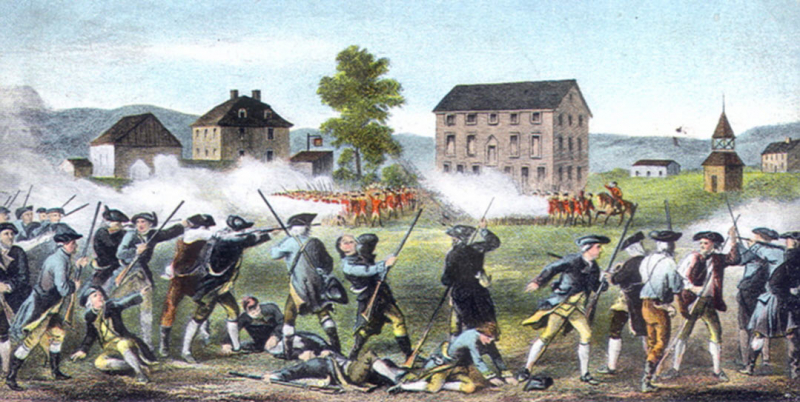
British Battles 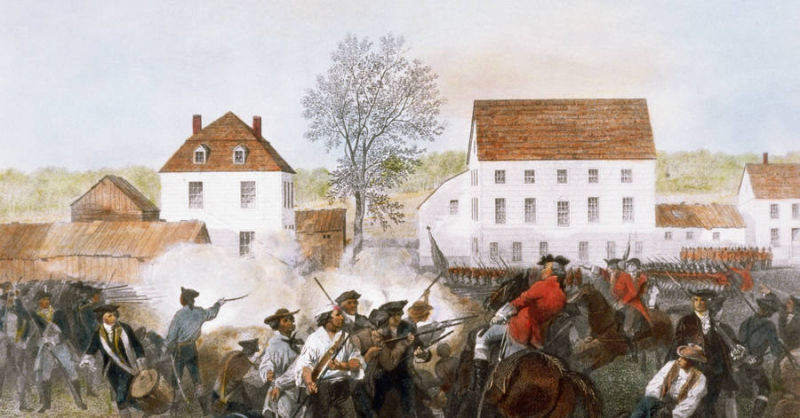
The Wall Street Journal -
As a show of force to let the British government know that the colonists were armed and prepared to defend themselves, the Lexington militiamen marched onto Lexington Green on the morning of April 19, 1775.
The Lexington militia had no desire to engage the British Regulars in a firefight, just like previous militia groups had followed other Regular incursions (most notably at Salem, Massachusetts on February 26, 1775). That morning, Captain John Parker showed himself to be a stable commander of the militia because he understood that sending his 80 men up against the 400 skilled British Regulars would be suicide.
Parker didn't want to obstruct their path to Concord, as evidenced by the positioning of his soldiers off to the side of the road. Post-war versions of Parker's statements from that morning have been embellished, but his deeds and the firsthand testimonies of those who were there demonstrate that Parker had no desire to engage in combat.
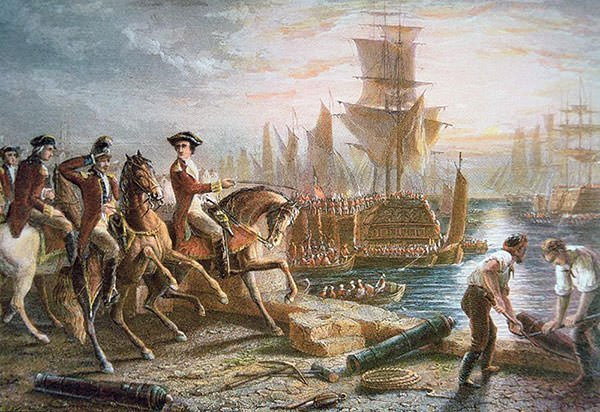
Learnodo Newtonic 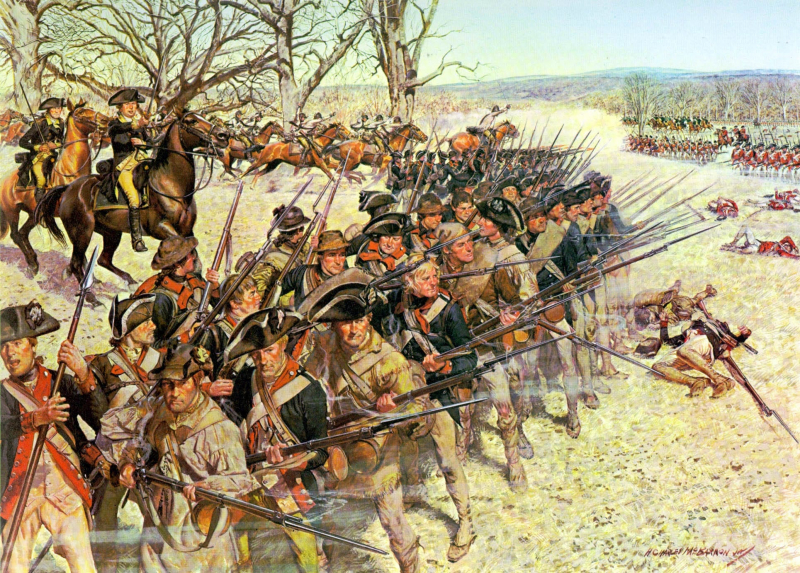
Teaching American History -
Who fired the opening shot at Lexington is one of the biggest unsolved questions of April 19, 1775. Both sides claimed the other side opened fire first, blaming their adversary for the carnage that followed.
Everyone that was questioned following the April 19th incidents seems to have different responses to this question. It is clear that everyone's perception of the events was distorted by confusion and turmoil. Evidence suggests that either one of the soldiers on the Lexington green pulled the trigger quickly or that a bystander shot from behind a stone wall close to Buckman's Tavern. No one knows who fired the first shot at Lexington, but it was a spark that lit a world war.
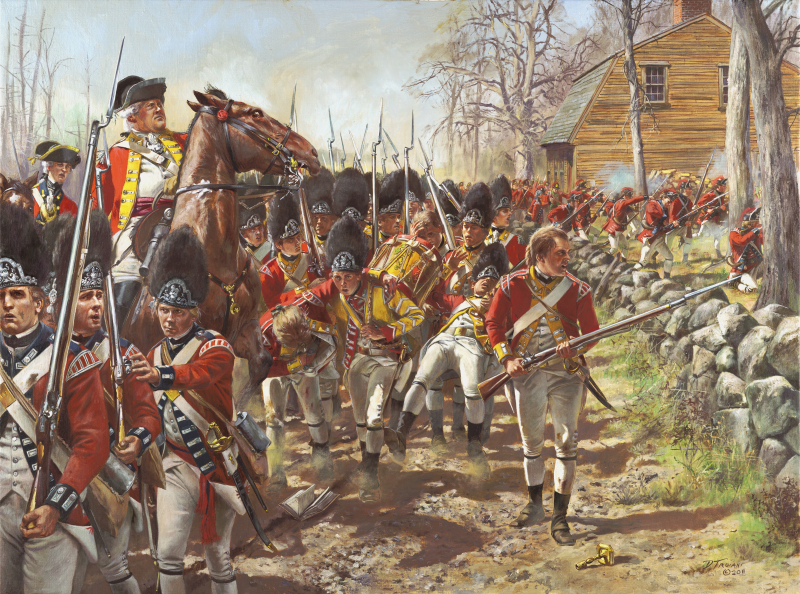
National Park Service 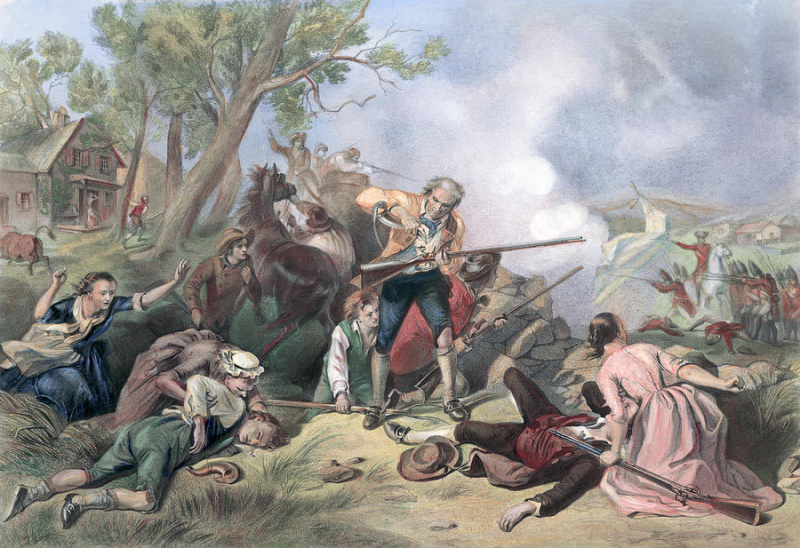
British Battles -
Nearly 130 colonial militiamen and Regulars were killed on April 19, 1775. The fighting along the “Battle Road” grew bloody as the Regulars marched from Concord towards Lexington and back to Boston.
But the bloodiest and fiercest fighting took place in Menotomy (modern-day Arlington) along modern-day Massachusetts Avenue. Here the fighting became hand-to-hand and brutal. Harassed for miles, British soldiers began to go house to house clearing families from the buildings along the road. In the fighting in this stretch, nearly 25 colonists and 40 British regulars were killed, half the day’s death count.
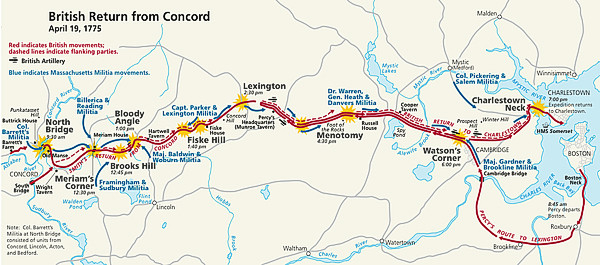
HistoryNet 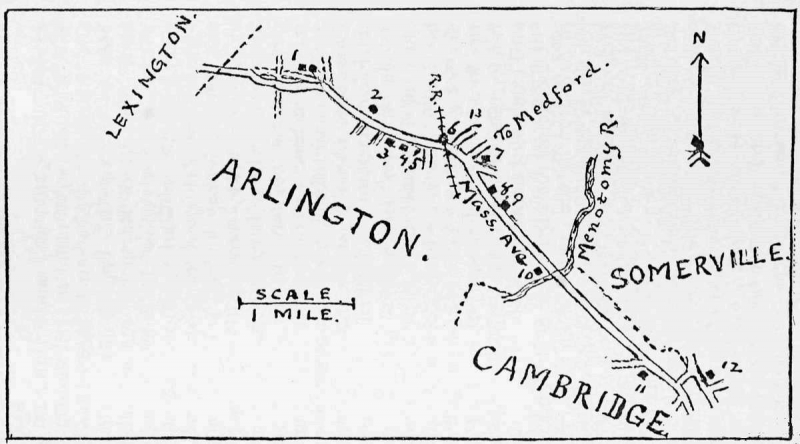
18th Century History -
How Joseph Warren and the Sons of Liberty were able to compile such top-secret information on the British soldiers in Boston is one of the mysteries surrounding the events in Boston in the spring of 1775. In New England, people like Warren, John Hancock, Sam Adams, Paul Revere, and others honed the technique of acquiring information and disseminating it throughout their network. There are signs that Warren and his colleagues were aware of the intentions before many British soldiers, even though General Thomas Gage's plans for April 19, 1775, were only disclosed to a small number of persons in his inner circle.
Margaret Kemble Gage, Gage's wife, was one of the several sources for this knowledge that were suggested. Margaret, who was born into a prosperous family in New Jersey, wed Gage in 1758. Her writings frequently display her conflicted loyalties, which are common for many people. Her association with a colonial spy program has only ever been suggested and not verified. She traveled to England shortly after the fighting in April, and many have inferred that this indicates Gage disapproved of his wife's alleged participation in Warren's spy network.
Margaret Gage is portrayed as Joseph Warren's romantic interest in some pop culture references. Despite being a good story, there is no evidence that Mrs. Gage was the source of information for the Patriots in Boston.
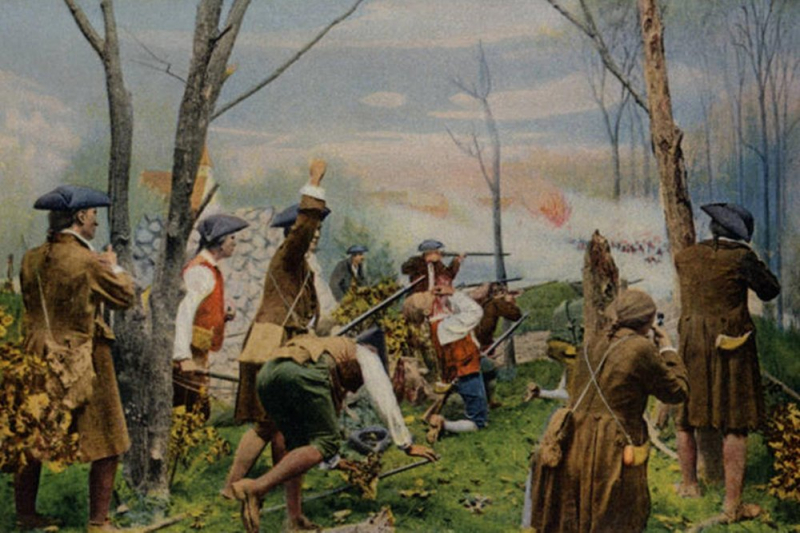
American Corner 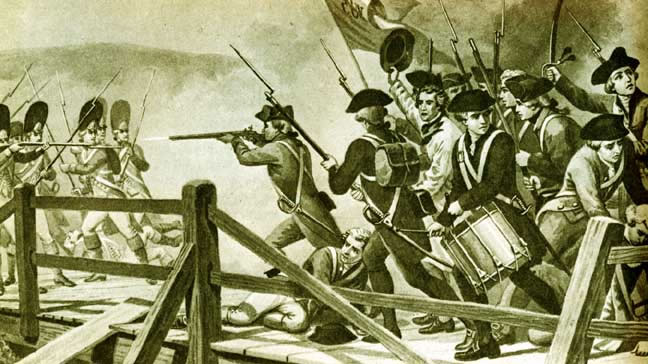
American Revolution for Kids -
Although the Continental Congress's approval of the recruitment of riflemen for a year on June 14, 1775, is recognized as the formal birthdate of the United States Army, some historians believe the Brown Farm to be the actual birthplace of the American armed forces.
Mixed groups of militia and minutemen came together on David Brown's farm, immediately west of the North Bridge, armed and ready to face off against British Regulars there. These guys advanced toward the North Bridge battle in combat formation for the first time. The area that is now referred to as the "muster field" is now covered in a US flag.
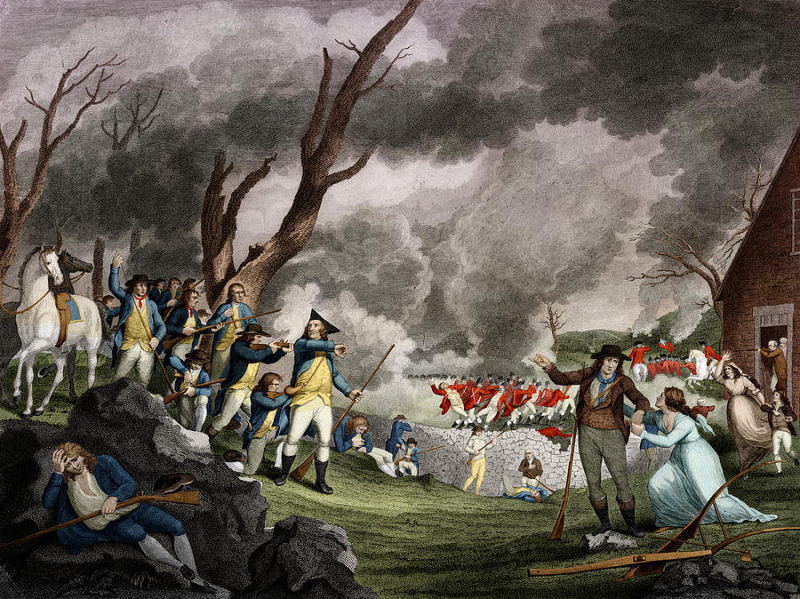
Fine Art America 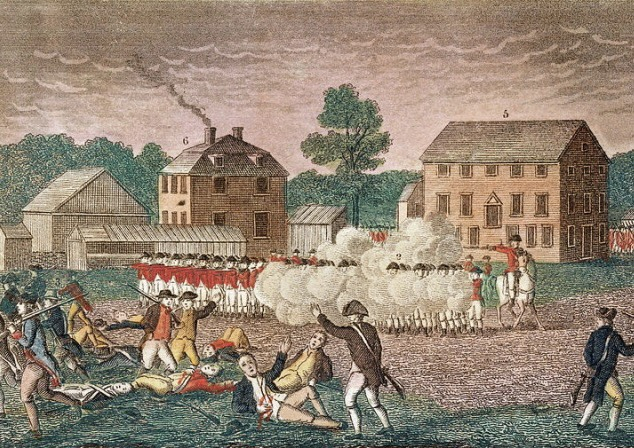
Fine Art America -
On April 19, 1775, the Massachusetts Provincial Congress started collecting the fighting participants' dispositions after the battles at Lexington and Concord were over. Colonial leaders were professionals in public relations and realized that if they wanted to win a revolution, they had to control the story of what happened in Lexington and Concord. They thought General Gage and the British soldiers were agitators and aggressors, and they understood it would be crucial to depict them as such as they sought to win over other North American colonies. In the hours, days, weeks, and months following the battles, dozens of these interviews were performed. These interviews' transcripts, which number in the hundreds of pages, are still accessible today.
Similarly, a little later, British officials also collected dispositions from their soldiers. Both sides spent a lot less time gathering testimony from combatants as the war dragged on. These narratives from both sides following Lexington and Concord provide historians with valuable information about the events of April 19, 1775, one of the best-documented battles of the American Revolution.
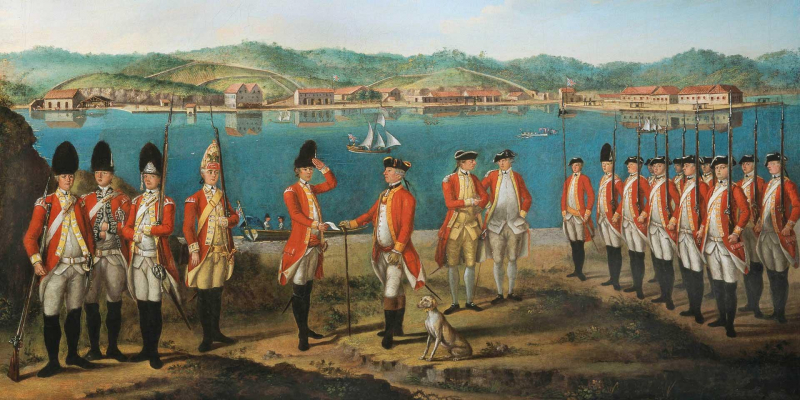
National Army Museum 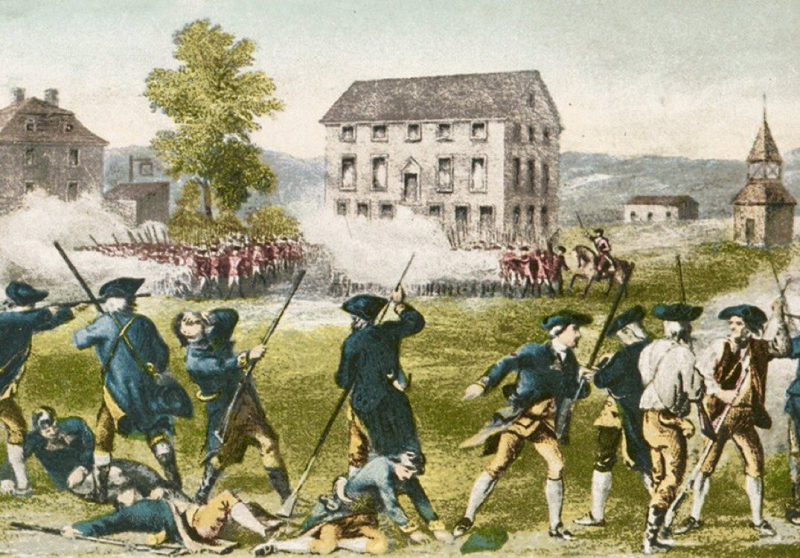
Twitter











